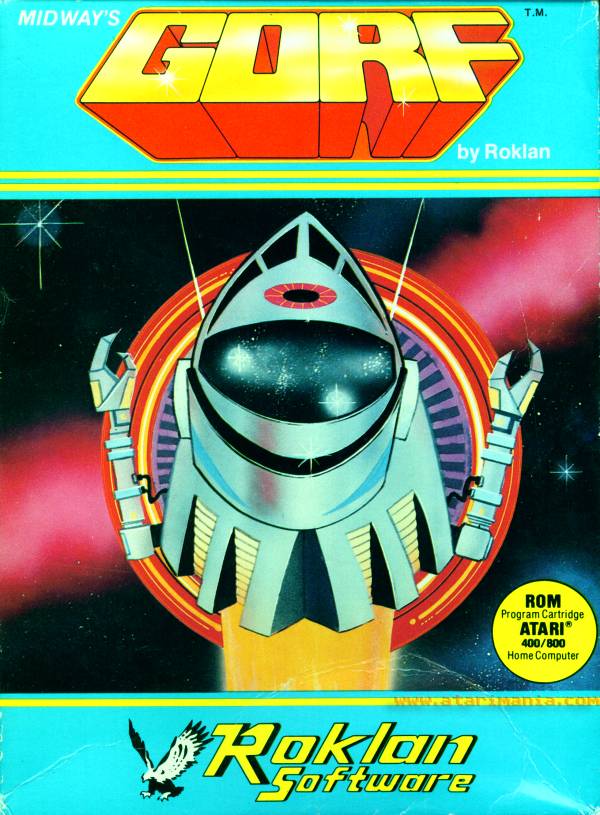Our student worker Mike Lynch explores the human search for feelings in all aspects of life - and specifically, in video games.
Feeling, Feeling, Feeling
It is a strictly a human characteristic- the continuous
search for feeling. We desperately
search through a multitude of venues for this experience. I think of my mother reading romance novel
after romance novel, I think of the hundreds of people crowded day after day in
front of Mona Lisa, and I think of the thousands of college students drifting
from bar to bar on any given weekend.
The commonality between all of these: a search for feeling. We search for love, happiness, peace, and
even for struggle, fear, and sadness in every nook and cranny. Many people search for feeling in the arts-
photography, film, theater, music, literature, and paintings have struck
feelings like guitar strings within many individuals. Others search for feeling in physical places -
the forests, the lakes, the mountains, churches, and dim lit barrooms have all
elicited feelings of some sort for somebody.
It has only been in recent history that video games have been added to
this list as another setting where ‘feeling’ can be found.
I remember my friends and I recounting the intense feelings we had playing (and it would be more appropriate to say ‘experiencing’ rather than ‘playing’) Zelda: The Ocarina of Time. I remember another time releasing a slew of curses and throwing a red N64 controller across the room after being lightning bolted from first to last place in Mariokart on N64 (the Wario Stadium map). To say that video games do not elicit feelings would not only be an insult to game developers, but also to anyone who really plays video games. Technological developments have increased the variety of feelings and emotions that game developers (or game artists perhaps?) can now tap into. Portal forces gamers into trickily designed puzzles and creates a feeling of anxiety towards technology in general and Resident Evil 4 is as scary as any horror film that has been released in recent times. Tapping into the feelings of happiness, sadness, frustration, and fear have become commonplace among well-made video games. As a counselor by profession, I often taught that there were eight main feelings from which all other feelings stemmed from. They were as follows: Anger, Sadness, Fear, Frustration, Guilt, Peace, Love, and Happiness. It was a frequent and interesting debate between which feelings felt best and worst, but with relative agreement the best feeling was typically love and the worst – usually guilt. On our human search for feeling, can we find love and guilt in the arts or physical places? Can we find it in video games?
Personally: I do not know, but the idea is intriguing regardless. The blockbuster video game Grand Theft Auto V has received great acclaim. IGN rated the game a perfect 10 out of 10 and GameTrailers marked it at 9.8/10 (really? 0.2 off?). There is a specific scene in the game that has spawned upheaval amongst some human rights activists and more than general discomfort in the gamers themselves. The scene involves the main character, Trevor, relentlessly torturing another character. Trevor, who already has the information he needs, uses teeth prying, electrocution, and water suffocation as mediums to torment the helpless character. I remember talking to my best friend, James, who had been feverishly playing the game shortly after its release. James talked at an electric pace as he recalled the game graphics, the exceptional gameplay, and the unique spontaneous nuances. As he speedily summarized the gameplay missions, he suddenly slowed his rate of speech. He stammered as he relayed the torture mission. He struggled in explaining what happened in the scene and even more so in recalling what his thumbs controlled Trevor to do to the helpless torture victim. It closely resembles the famous Milgram electric shock psychology experiment. A reluctant participant follows the orders of an authoritative figure as a means to an end. And the resulting feeling? Frustration, Sadness, and yes, even Guilt.
As video games further explore worlds farther away from entertainment and closer to the arts, what boundaries will danced upon or crossed? Is our culture in a place where this will be shunned, embraced, or ignored? I leave these questions for you…




